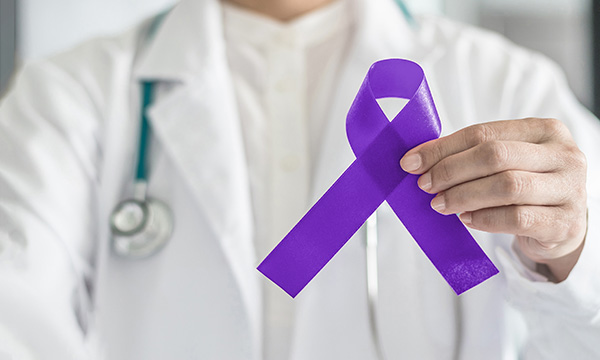
It can show up as a hard lump or a smooth, rounded mass, or as any change in the consistency, shape, or size of a man’s testicles.
Fortunately, testicular cancer can usually be detected early and is highly curable with prompt treatment. It’s the most common cancer among young men, and 0.4 percent of men will be diagnosed with the cancer at some point in their lives, based on 2013-2015 data from the NIH National Cancer Institute (NCI).
During routine checkups, most doctors examine a man’s testicles; some doctors also recommend men examine their testicles monthly after puberty, checking for any lumps. Self-exam info is available at the American Cancer Society (ACS) website.
“Along with the ACS, I’d advocate for awareness of testicular cancer among men,” says Dr. Jonathan Genzen, ARUP medical director, “and advise that they see their doctor if a testicular mass is suspected upon self-examination.”
General pain, swelling, or lumps in the groin or testicles can be reasons for a medical appointment. That said, testicular enlargement can occur for other reasons. For instance, fluid can gather around the testicle to form something called a hydrocele, or veins can dilate to cause enlargement and lumpiness, called varicocele.
In general, if a testicle seems larger, a doctor can perform an ultrasound to rule out a tumor.
Some risk factors include:
-
Family history
-
Having an undescended testicle
-
Infertility/subfertility
Learn about ARUP oncology experts here.
Catherine Arnold, Science Communications Writer
Related blog
"The Dangers of Being Unique: What Makes Blood Rare?"
"Putting the Precision in Medicine: Imatinib First in a Series of Cancer-Drug TDM ARUP Plans"
















